How to Choose the Right Seeds for Your Garden
- December 29, 2023
- 0 comment
Discover the secrets to selecting the perfect seeds for your garden with our easy-to-follow guide, ensuring a lush and vibrant oasis.
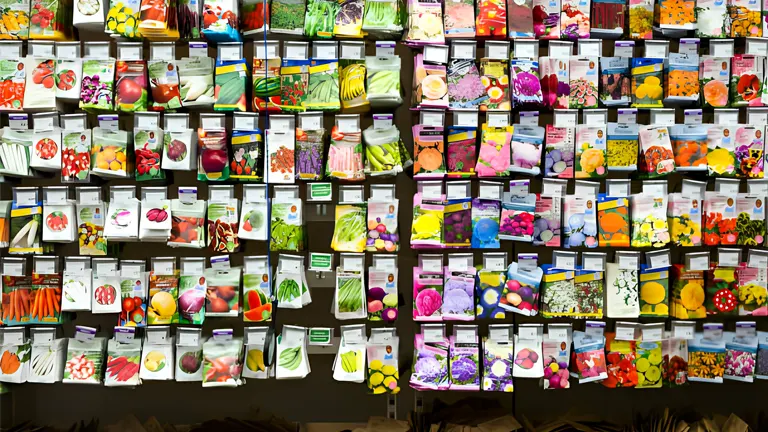
Gardening is an adventure filled with choices. Each seed packet is a promise of growth and color in your garden. But how do you pick the right ones? With countless options from vibrant flowers to hearty vegetables, it’s important to choose wisely for a bountiful and beautiful garden. Here’s a guide to help you select the best seeds for your green haven.
List of 6 Tips for Buying Garden Seeds:
- Buying Seeds in Winter
- Choosing Seeds for Your Space
- Selecting What You Love
- Climate Compatibility
- Pollinator Friendly Plants
- Disease Resistant Varieties
1. Buying Seeds in Winter: Timing is Everything

Winter is a crucial period for garden planning. Use this time to get ahead of the season. Begin by sowing seeds like pansies, sweet peas, and various vegetables indoors. This early start means they’ll be robust and ready for transplanting once spring arrives. For plants that flourish in summer, such as zinnias and tomatoes, starting them indoors under a basic fluorescent light is key. This method not only promotes earlier blooms and harvests but also extends their productive season, giving you a richer, more vibrant garden.
2. Choosing Seeds for Your Space: Size Matters
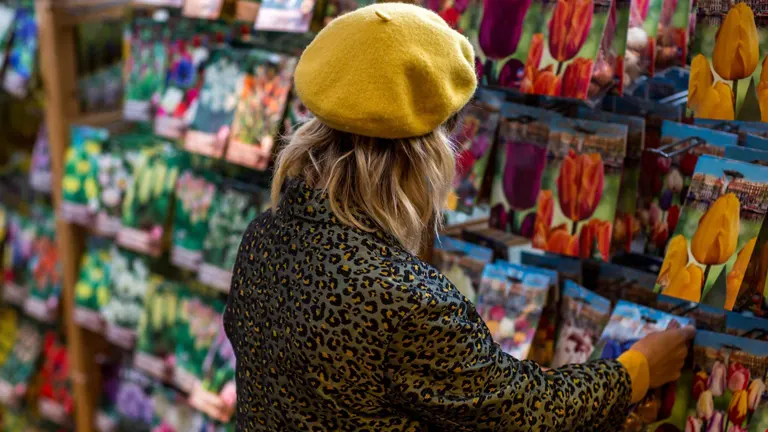
When selecting seeds, consider the actual space you have. For smaller areas or balcony gardens, compact and dwarf varieties are ideal. They allow you to maximize limited space while still enjoying a rich harvest. Look for bush-type tomatoes or shorter varieties of sunflowers, which are perfect for containers. These plants are specifically bred to thrive in confined spaces, ensuring that even the smallest garden spots are utilized efficiently and beautifully.
3. Selecting What You Love: Personalize Your Garden
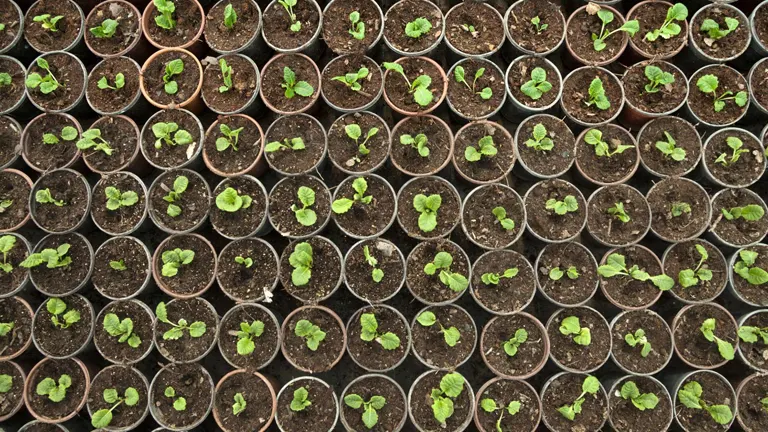
Tailor your garden to your palate and preferences. If fiery dishes are your thing, cultivate a range of peppers. Salad enthusiasts might prefer a variety of leafy greens. The key is to align your garden with what you enjoy most. This personalized approach not only makes gardening more enjoyable but also ensures that what grows will be eagerly anticipated and used in your kitchen.
4. Climate Compatibility: Know Your Zone
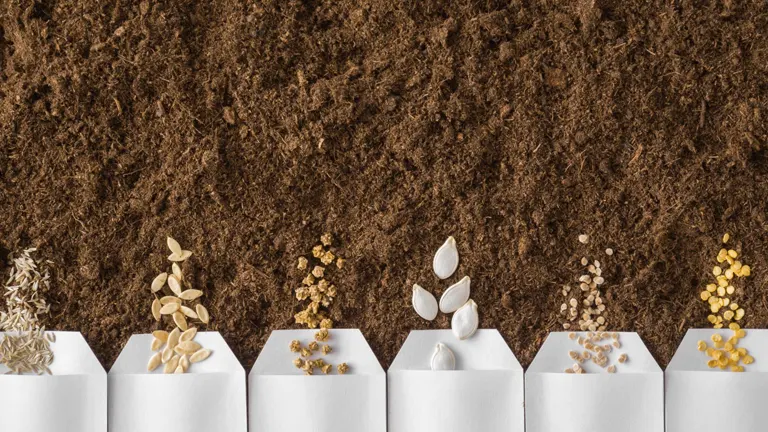
Understanding your local climate is crucial for seed selection. If you’re in a region with a shorter growing season, opt for seeds that mature quickly. In contrast, in areas with longer, warmer periods, choose plants that thrive in extended sunlight and heat. Aligning your seed choices with your climate zone not only increases the likelihood of gardening success but also minimizes unnecessary effort and resources.
5. Pollinator Friendly Plants: Nature’s Helpers
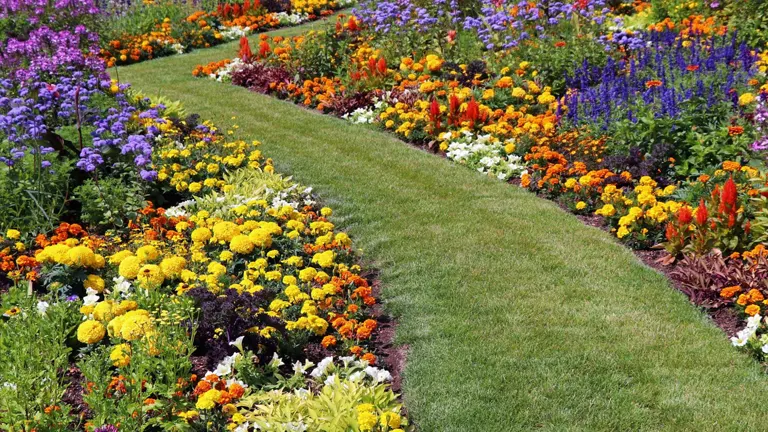
Incorporate pollinator magnets like marigolds and sunflowers into your garden. These plants are not just visually appealing but are vital in attracting bees, butterflies, and other pollinating insects. This natural assistance boosts the productivity of your entire garden, particularly your vegetable crops. Additionally, many of these pollinators also help in pest control, contributing to a more balanced and healthy garden ecosystem.
6. Disease-Resistant Varieties: A Smart Choice
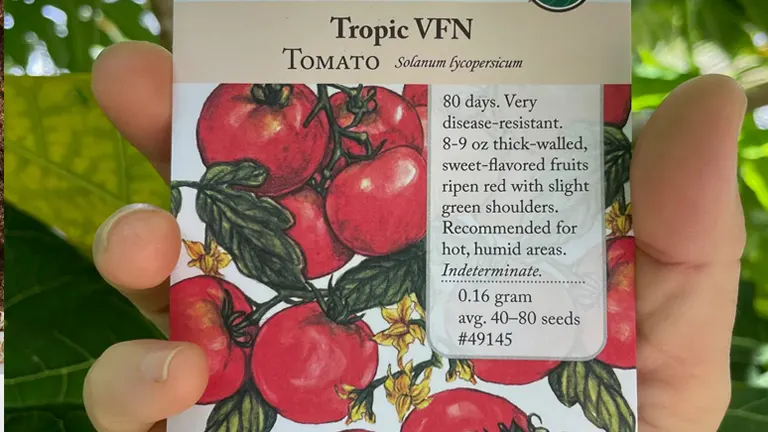
For those who have faced plant diseases in the past, choosing disease-resistant seed varieties is a wise move. Look for seeds with specific resistance labels – such as VFN for tomatoes, which indicates resistance to verticillium wilt, fusarium wilt, and nematodes. Selecting these varieties can significantly reduce future gardening challenges, ensuring a more resilient and flourishing garden.
In Conclusion: The Seed of Success in Gardening
The journey to a thriving garden begins with the seeds you choose. By thoughtfully considering when to plant, the space you have, your personal tastes, local climate conditions, the importance of attracting pollinators, and opting for disease-resistant varieties, you set the stage for a garden that’s not just a delight to the senses but also a reflection of your careful planning and dedication. May your garden flourish and bring you endless joy. Happy gardening!
FAQs
- Can I start warm-weather plants in winter too?
Yes, you can start warm-weather plants like tomatoes and peppers indoors during winter. This gives them a head start, so they’re ready to flourish once the outdoor temperature is suitable. - How do I choose seeds for a very small urban garden?
Focus on compact or dwarf varieties and consider vertical gardening. Plants like cherry tomatoes, herbs, and strawberries are great for small spaces. - Are there seeds that can help attract beneficial insects to my garden?
Absolutely! Flowers like marigolds, cosmos, and zinnias are great for attracting pollinators and beneficial insects that aid in pest control. - Can I grow different types of plants together?
Yes, this is called companion planting. Certain plants can benefit each other when grown together. For example, basil and tomatoes are a great pair. - How do I know if a plant is suitable for my climate?
Check the seed packet for the plant’s hardiness zone and compare it to your local climate zone. Also, consider the ‘days to maturity’ to ensure it fits within your growing season. - What does ‘disease-resistant’ on a seed packet mean?
It means that the plant variety has been bred to be more resistant to certain common diseases, reducing the need for chemical treatments and increasing your chances of a healthy harvest. - Is it better to buy organic seeds?
Organic seeds come from plants grown without synthetic fertilizers or pesticides. Choosing organic seeds can be a personal preference and part of an overall organic gardening approach. - How do I handle excess seeds if I buy too many?
Store them in a cool, dry place for next season. Many seeds remain viable for several years if stored properly. - Can I save seeds from this year’s garden for next year?
Yes, many gardeners save seeds, especially from heirloom varieties. Just make sure they are thoroughly dried and stored in a cool, dry place. - Are there any innovative tools to help with seed starting?
Yes, seed starting trays with heat mats, automatic watering systems, and grow lights are some tools that can provide your seedlings with an optimal growing environment.
Got a knack for picking the perfect garden seeds? Join our community conversation! Share your best seed selection stories, tips, or challenges below. Your advice could help fellow gardeners blossom. Let’s grow together in wisdom and greenery!

David Murray
Forestry AuthorI'm David Murry, a forestry equipment specialist with a focus on chainsaw operation. With over 13 years of experience, I've honed my skills in operating and maintaining a wide range of machinery, from chainsaws to log splitters. My passion for the outdoors and commitment to sustainable forestry drive my work, which emphasizes safety, efficiency, and staying updated with industry advancements. Additionally, I'm dedicated to sharing my expertise and promoting environmental awareness within the forestry community.

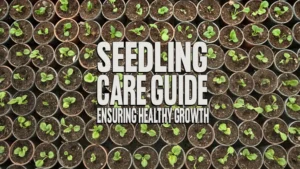
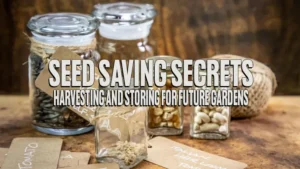
Leave your comment